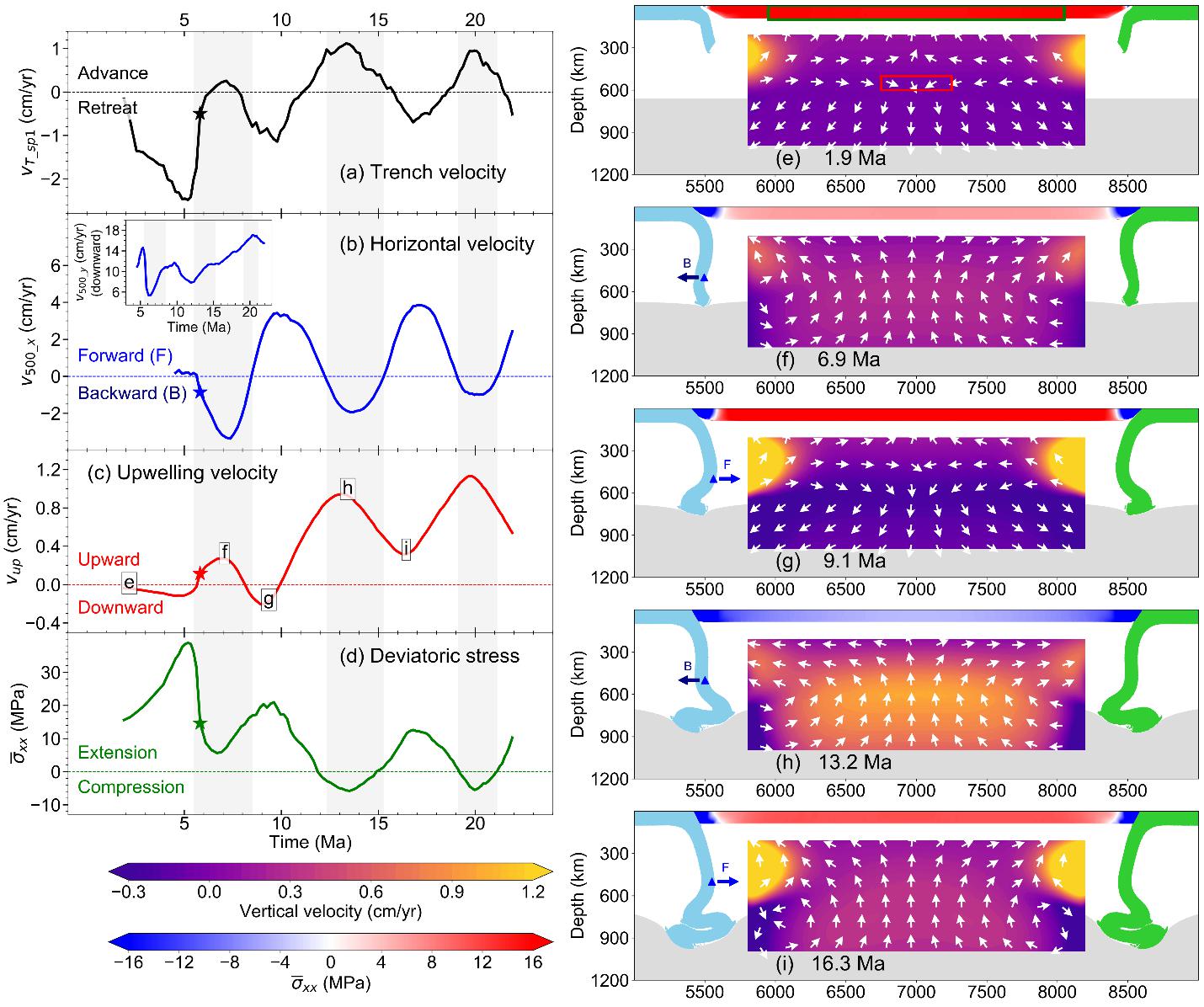seismologyis a major research direction in geophysics. by analyzing andprocessing seismic observation data, it studies the deep structure ofthe earth, the development of major earthquakes, and the process offaulting. it is the most active research field in earth science. thisdiscipline not only benefits from the rapid growth of seismicobservation data and the significant improvement in computercapabilities but also allows for the inversion of deep structures atvarious scales globally, thereby enhancing our understanding of theearth's internal structure and global-scale geodynamics. thedistinguishing feature and advantage lie in the successfulexperimentation and development of efficient and environmentallyfriendly active seismic source stimulation and observationtechniques, providing new approaches for the 4d detection ofcontinental crust structures.
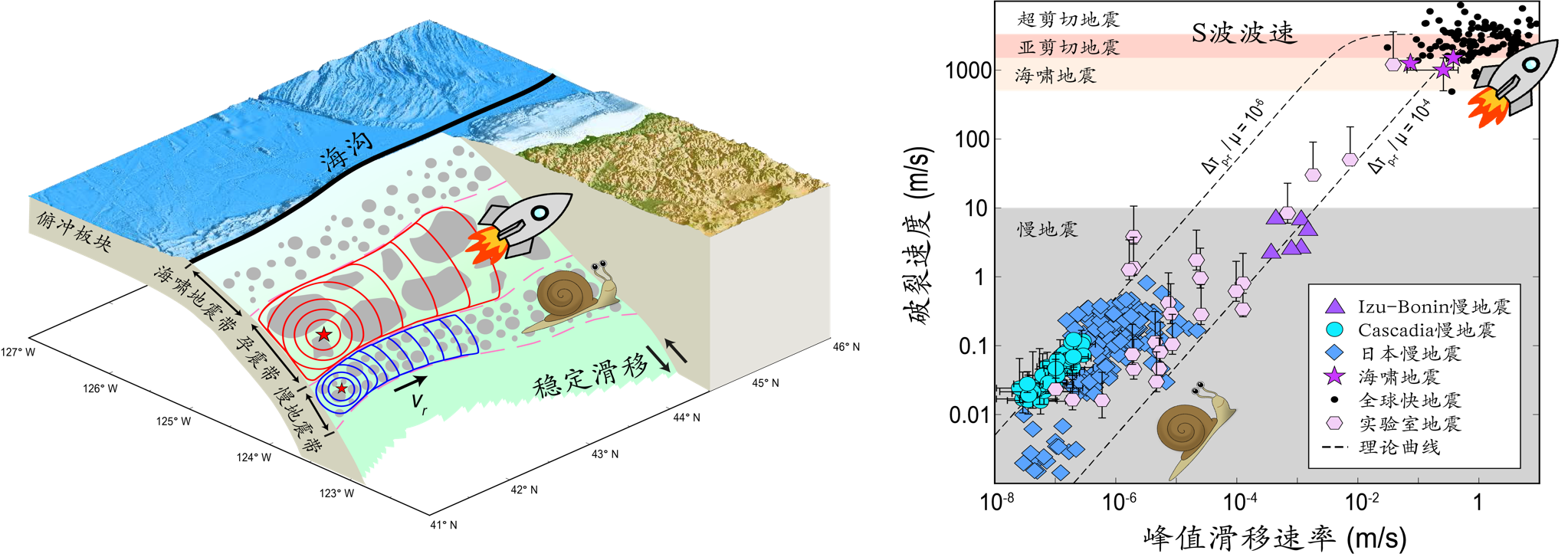
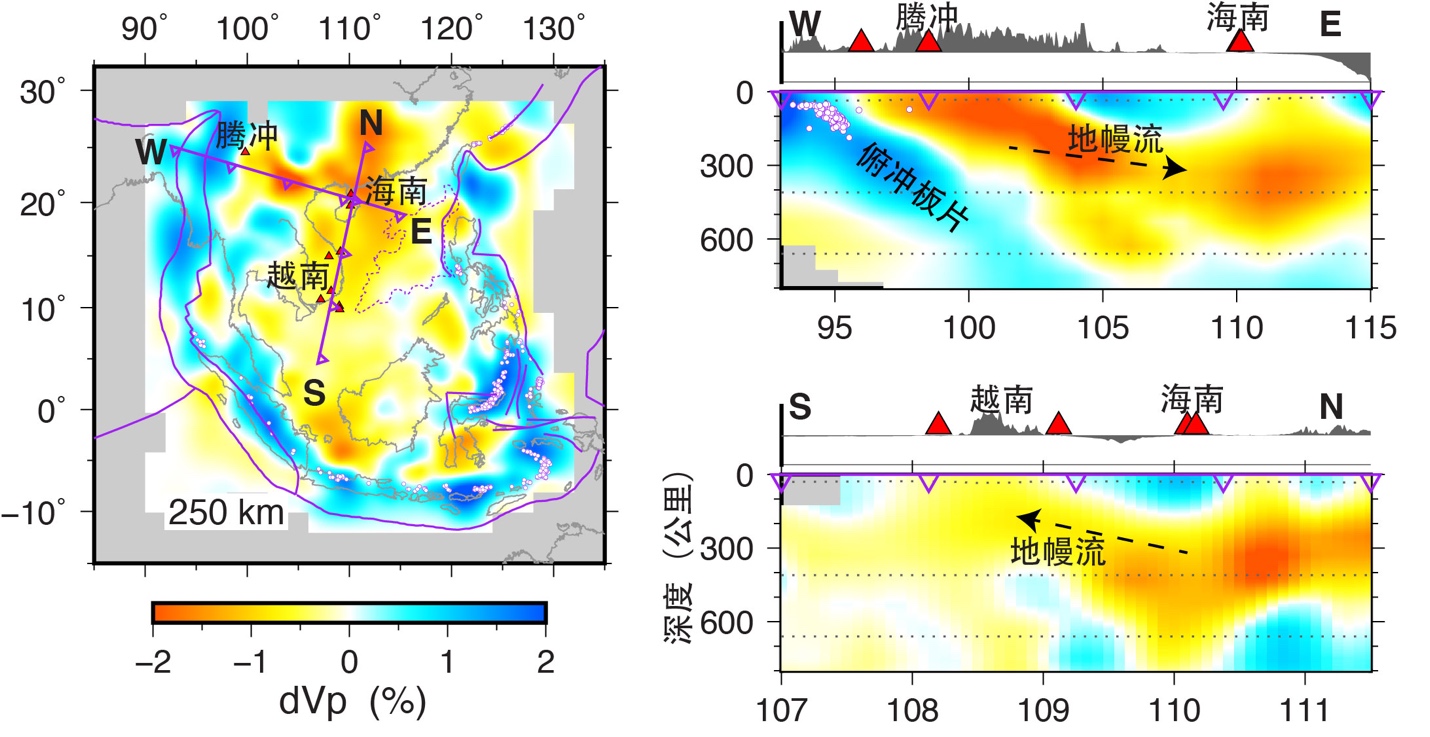
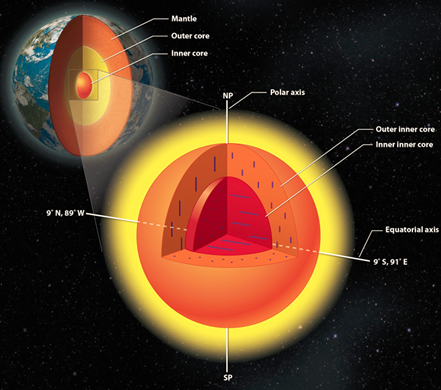
appliedgeophysics is used for resource and energy exploration anddevelopment, engineering construction, geological hazard management,and environmental protection. this discipline employs seismic,gravity, magnetic, electrical, and thermal methods to study thephysical properties and distribution of shallow crustalcharacteristics, such as shallow crustal wave velocity, density,magnetism, electrical conductivity, and thermal conductivity. itprovides a scientific basis for the quantitative description ofpetroleum, natural gas, mineral resources, geothermal energydevelopment, near-surface geological environment, disastermanagement, and urban engineering design. it has developeddistinctive features and advantages in comprehensive geophysicalexploration of basin structures, deep mineral resource surveys, andengineering safety inspections.
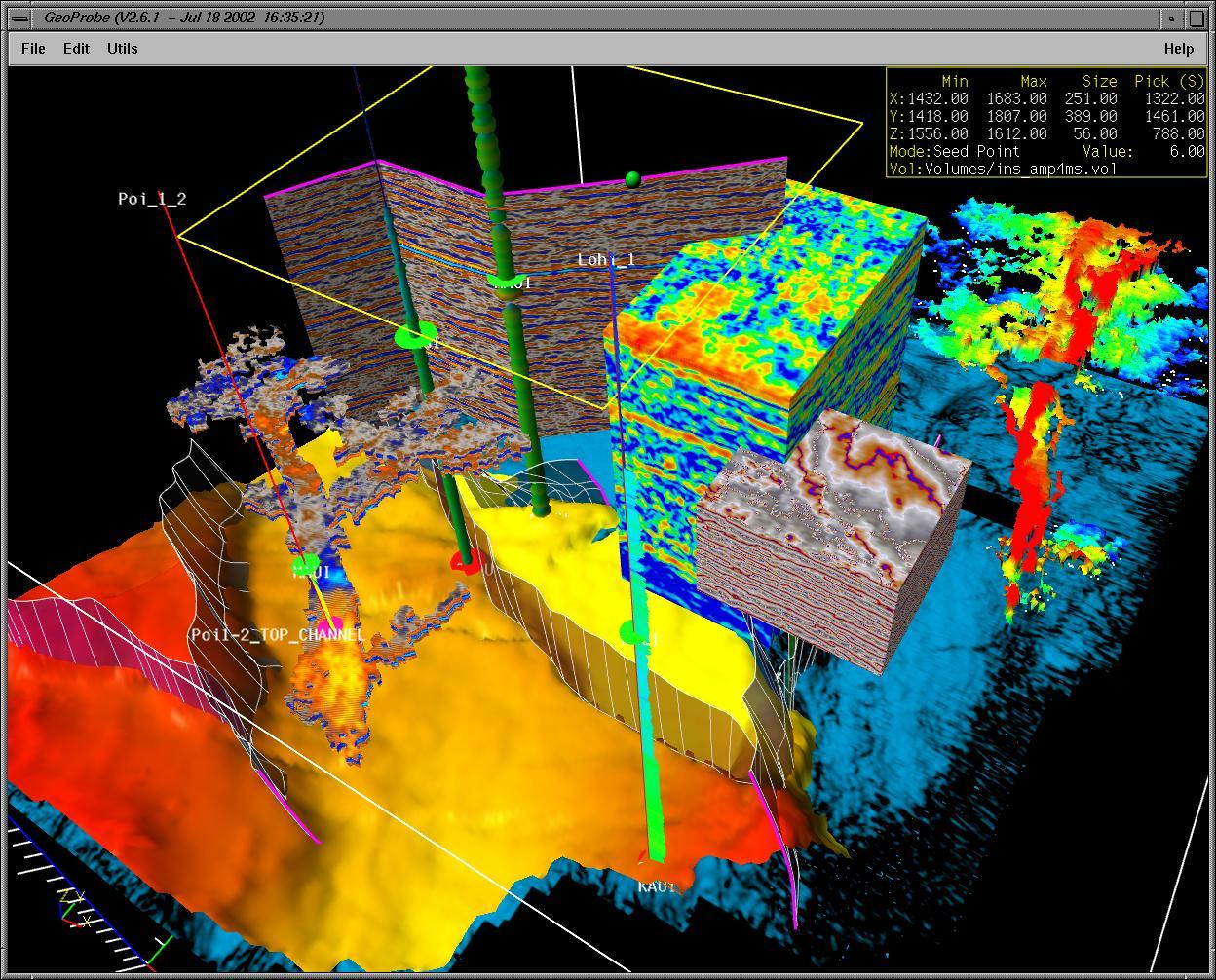
theresearch of geodynamics primarily utilizes numerical simulationmethods at different spatial and temporal scales. based ongeophysical observations (seismic, gravity, geomagnetic, rockmagnetism, and geothermal), studies of rock properties, and deepstructural research, it closely integrates with geological andgeochemical research. by employing constitutive equations andconservation equations, it simulates and explores the causes ofcontinental tectonics, seismic activity patterns, and deep earthdynamic processes. recent research focuses on the following maintopics:
*study of the thermal-rheological structure of the lithosphere anddeformation of continental diffuse boundaries.
*dynamics of paleo-continental reconstructions and plate tectonics.
*research on deep earth dynamic processes and multi-layer couplingprocesses.
